Bringing greenery into your workspace doesn’t have to mean extra responsibility or daily plant care. In fact, cacti are among the most low-maintenance plants you can add to your office setup—requiring minimal water, little sunlight, and hardly any fuss.
Whether you’re working from a home office, a shared desk, or a high-rise building with limited natural light, there’s a cactus that can thrive in your environment.
In this guide, we’ll explore the best low-maintenance cactus varieties perfectly suited for workspaces, along with care tips, creative placement ideas, and ways to boost productivity and mood through a bit of spiky greenery.
Why Choose Cactus for a Workspace?
Workspaces—whether at home or in a traditional office—can often feel lifeless or uninspiring. Adding a plant can change that, but not everyone has the time or energy to care for fussy greenery. That’s where cactus plants come in.
These resilient, slow-growing plants are perfect for busy professionals. Not only do they thrive with minimal care, but they also require less space, making them ideal for desktops, shelves, and windowsills.
Best of all, they offer a natural aesthetic boost and come with a surprising number of wellness benefits.
From reducing stress and increasing productivity to improving indoor air quality, cacti bring life into your space without demanding much in return.
Top Low-Maintenance Cactus Varieties for Workspaces
Not all cacti are created equal when it comes to indoor settings. The following varieties are compact, hardy, and well-suited for office or home desk environments.
1. Bunny Ear Cactus (Opuntia microdasys)
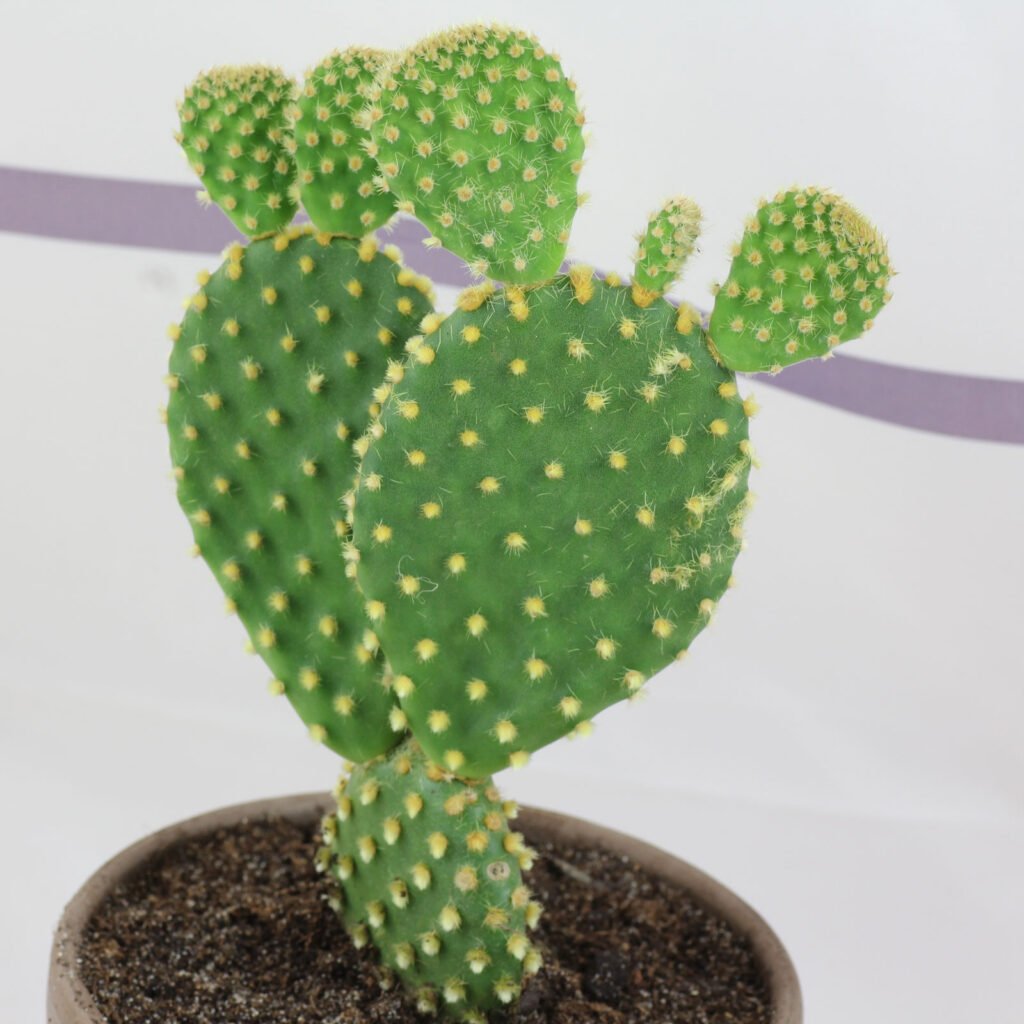
A charming cactus with pad-like “ears,” it thrives in bright light and only needs water every few weeks. Its quirky appearance adds personality without mess or maintenance.
2. Golden Barrel Cactus (Echinocactus grusonii)
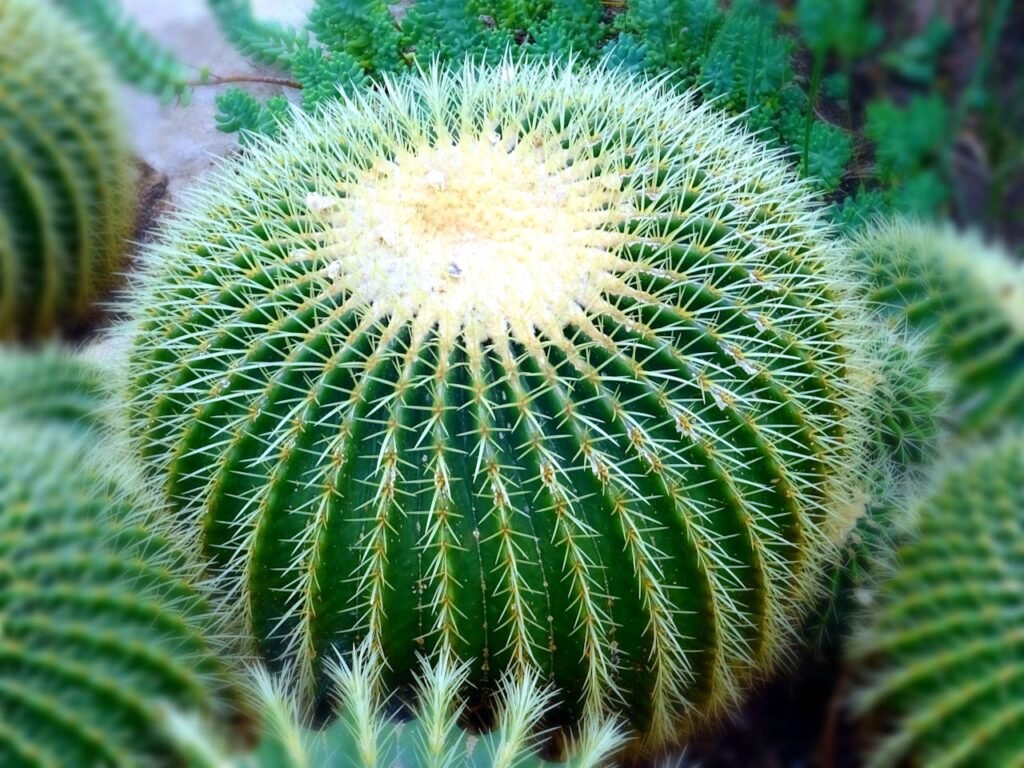
Known for its round, symmetrical shape and golden spines, this plant grows slowly and stays compact—ideal for tabletop displays.
3. Moon Cactus (Gymnocalycium mihanovichii)
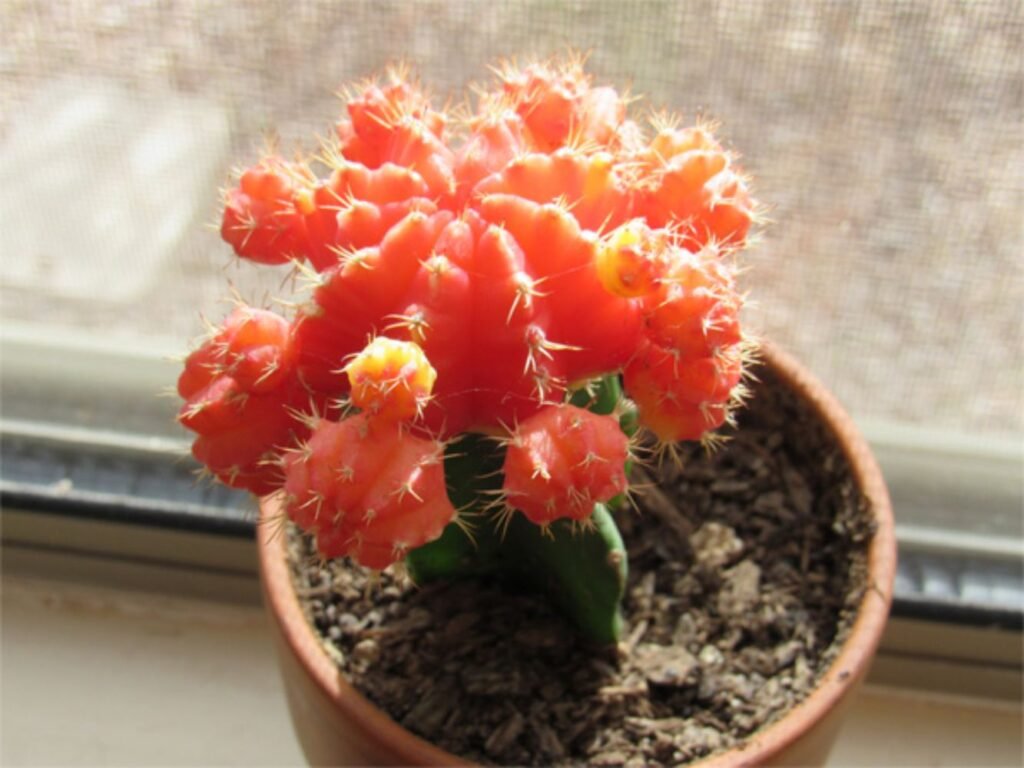
This cactus features a brightly colored top—usually red, yellow, or pink—grafted onto a green base. It’s a favorite for office desks and does well under fluorescent lighting.
4. Star Cactus (Astrophytum asterias)
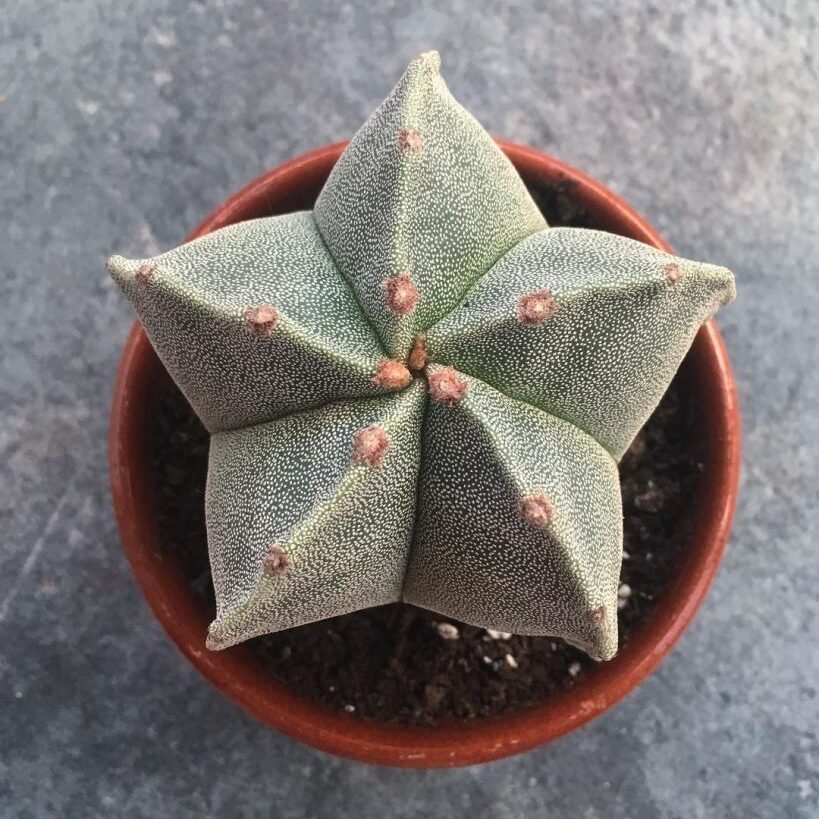
Small and almost flat, it looks like a star-shaped pebble. It’s one of the easiest cacti to care for, needing very little light and rare watering.
5. Christmas Cactus (Schlumbergera)
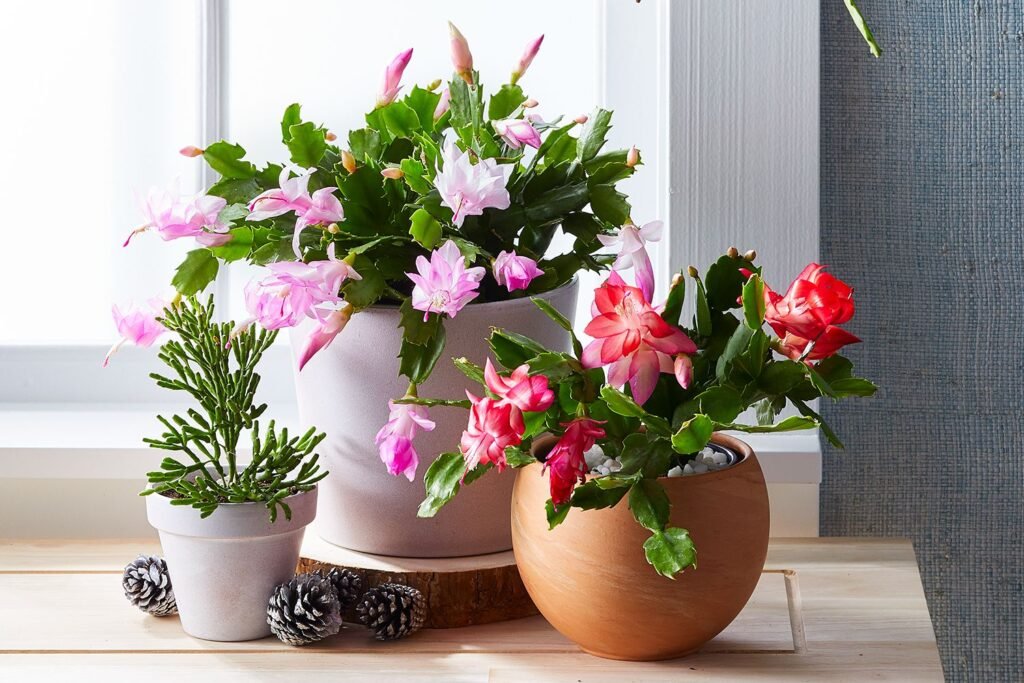
Technically a succulent, this cactus blooms beautifully during the winter holidays. It prefers indirect light and minimal watering, perfect for shared office spaces.
6. Old Lady Cactus (Mammillaria hahniana)
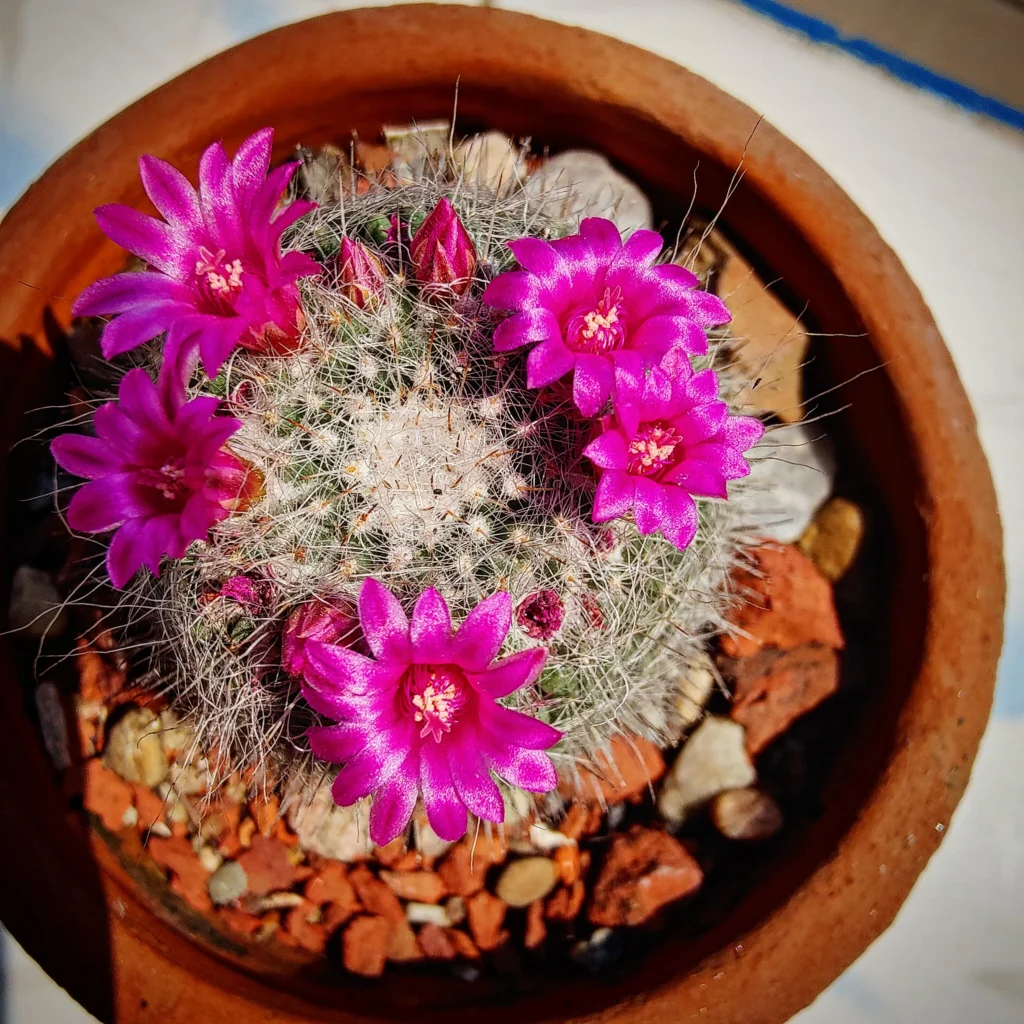
With soft white hairs and delicate pink flowers, this low-maintenance cactus is a subtle decorative element that doesn’t need constant care.
7. Zebra Cactus (Haworthia)
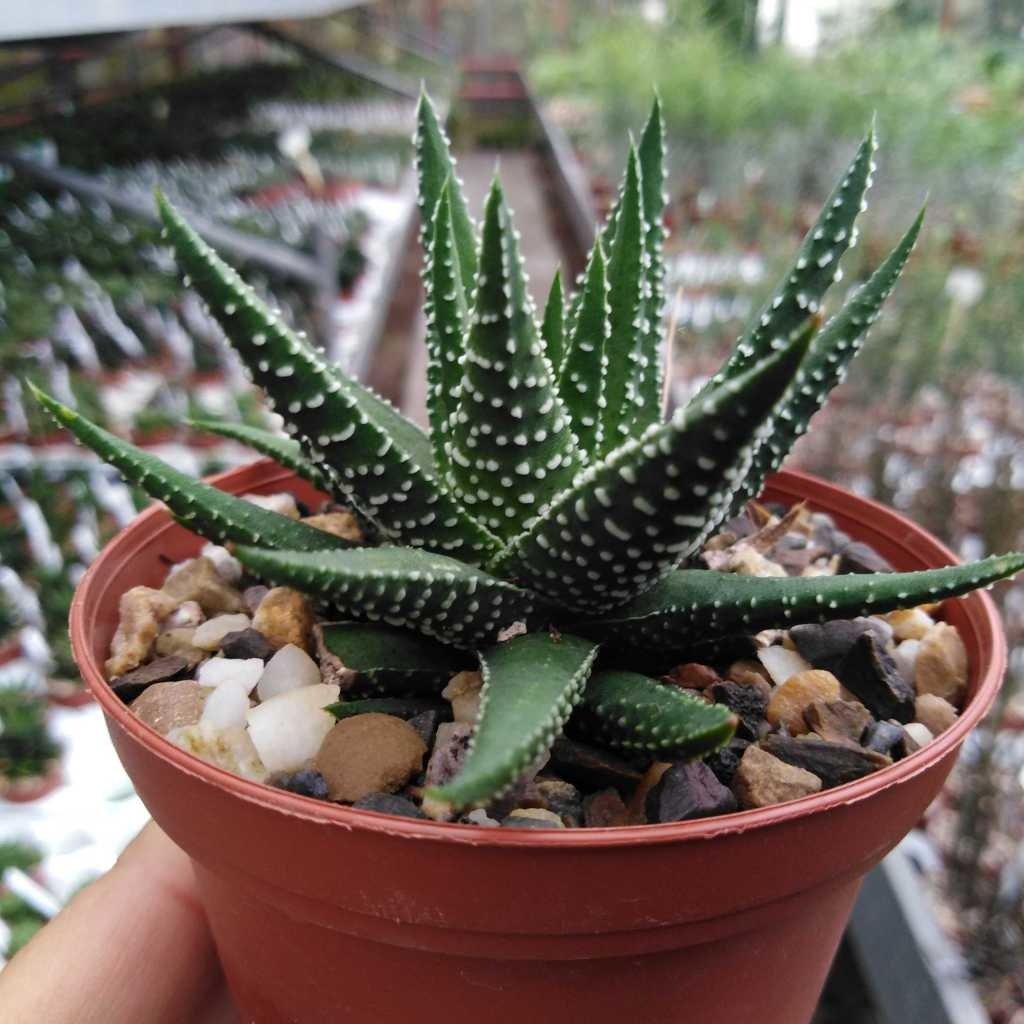
Often mistaken for an aloe plant, its striped, spiky leaves look great in minimalistic or modern setups. It tolerates low light better than most cactus species.
8. Parodia
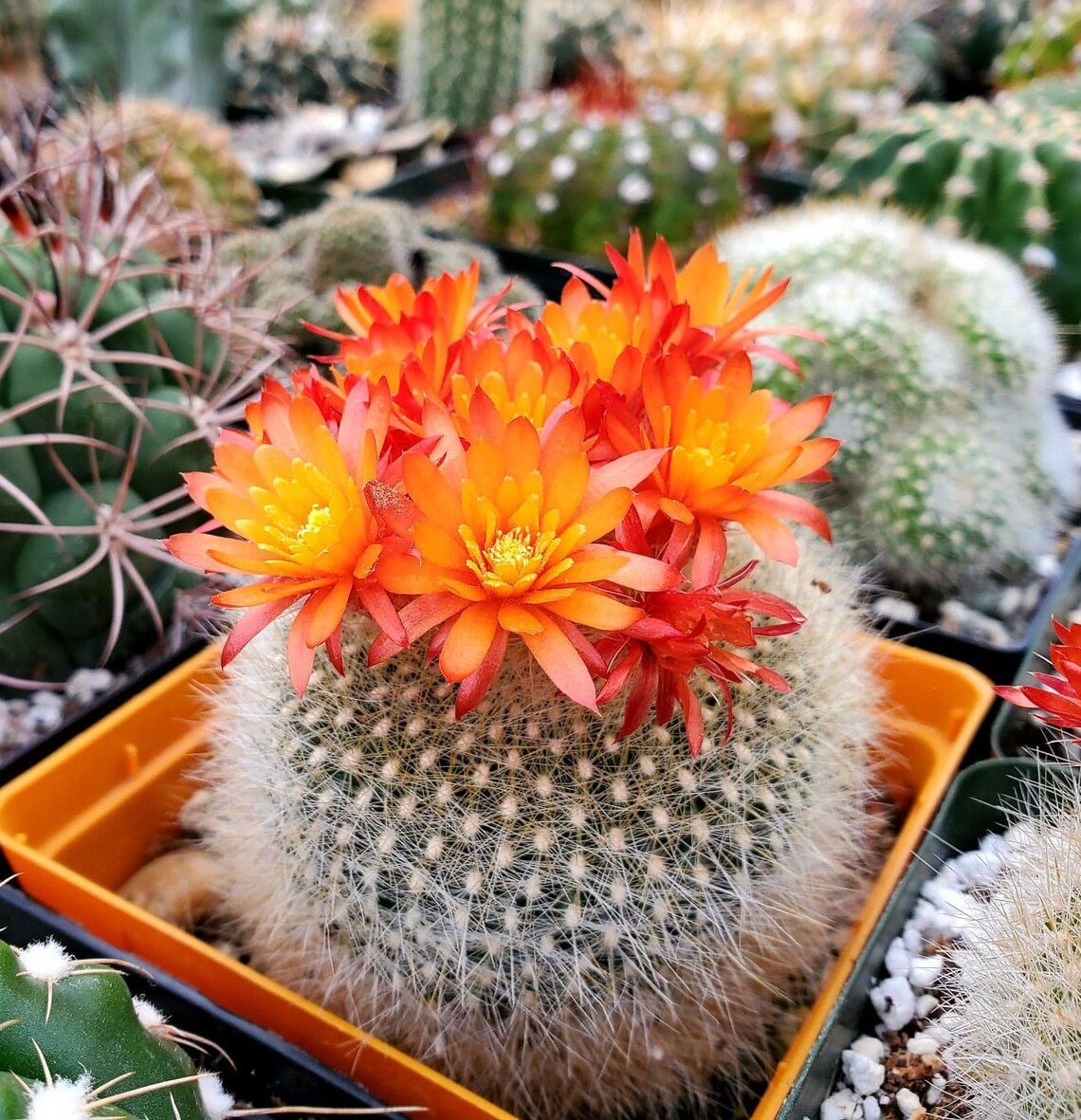
These are compact, flowering cacti that thrive indoors and rarely outgrow their pots. They can handle missed watering sessions and still look vibrant.
When selecting your cactus, make sure to choose small to medium-sized varieties with a reputation for being easygoing.
Avoid species that grow rapidly or require strong direct sunlight unless your workspace offers those conditions.
Lighting Needs for Office Cactus
Lighting is key to keeping your cactus healthy indoors. Luckily, many cactus varieties are adaptable and can survive in various lighting conditions, including artificial light sources.
Natural Light Is Ideal
If your workspace has a sunny window, you’re in luck. South- or west-facing windows provide ideal light levels. Even a few hours of indirect sun daily can work wonders.
When Light Is Limited
Don’t have access to a window? Many cacti adapt to artificial light. Moon Cactus, Christmas Cactus, and Haworthia do particularly well under LED or fluorescent lights commonly used in offices.
You can also invest in a small grow light, especially during the winter months when daylight hours shrink. Choose full-spectrum LED bulbs and aim for 6–8 hours of light daily.
Light Placement Tips:
- Rotate the plant weekly for even light exposure.
- Avoid placing cacti right up against the window glass—they can get sunburned.
- Keep away from vents or areas with rapid temperature changes.
Watering Cactus in Workspaces
Overwatering is the number one killer of indoor cacti. Thankfully, most varieties used in workspaces need very little moisture.
How Often Should You Water?
Most cacti need water only every 2–3 weeks. In cooler months, you can stretch this to once a month. Let the soil dry out completely before re-watering.
Signs You’re Over or Underwatering:
- Overwatering: Yellowing or mushy base, black spots, and root rot.
- Underwatering: Shrinking or wrinkling pads, pale color.
A good rule of thumb: “When in doubt, don’t water.” Cacti are built to handle drought better than moisture.
Watering Tips for Office Settings:
- Use a watering can with a narrow spout to control flow.
- Always check the soil first by inserting a finger 1–2 inches deep.
- Make sure pots have drainage holes or a drainage layer (gravel or charcoal) if using containers without holes.
Soil, Potting & Drainage Essentials
Choosing the right soil and pot setup is vital for keeping your cactus healthy in an office setting.
The Right Soil Mix
Cacti hate soggy roots. Use a well-draining cactus mix or make your own using:
- 2 parts coarse sand or perlite
- 2 parts potting soil (peat-free preferred)
- 1 part organic compost or coco coir
Adding activated charcoal can help neutralize odors in closed environments like cubicles.
Choosing the Best Pots
- Terracotta pots are breathable and reduce moisture buildup.
- Ceramic pots with drainage holes are stylish and functional.
- Upcycled containers like tin cups or glass jars can work if layered properly.
Drainage Layers
For pots without drainage holes:
- Add a base layer of gravel, pebbles, or charcoal
- Avoid overwatering to prevent root rot
- Elevate the pot or use a tray to collect excess moisture
Temperature and Humidity Considerations
Most cacti are adapted to survive in arid climates, but when kept indoors—especially in climate-controlled environments—they adjust well with some care.
Ideal Temperature Range
Cacti prefer temperatures between 60°F to 85°F (15°C to 29°C). Office environments typically fall within this range, making them a good fit.
- Avoid placing cactus plants too close to air conditioners or heaters.
- Sudden temperature changes can shock the plant, so stable placement is key.
Humidity Needs
Cactus varieties thrive in low to moderate humidity. Excessive moisture can cause fungal issues or rot. This makes them perfect for air-conditioned workspaces, which often have dry air.
To avoid problems:
- Don’t mist cactus plants.
- Keep them away from humidifiers or restrooms.
Dormancy Period in Cacti
Even indoor cacti go through a dormant phase, usually in winter.
Signs of Dormancy
- Slower growth
- Reduced water uptake
- Duller color
During this time:
- Reduce watering to once every 4–6 weeks.
- Don’t fertilize or repot.
- Ensure it still receives light daily.
Allowing this natural cycle supports long-term health and encourages future blooming (for flowering varieties).
Workspace Cactus Styling Tips
Cacti aren’t just functional—they’re stylish. Here are ways to elevate your space:
Use Coordinated Pots
Choose minimalist ceramic pots or matching terracotta containers for a clean, uniform look.
Pair with Desk Accessories
Group your cactus with small desk trays, pen holders, or organizers in matching tones.
Create a Mini Garden Tray
Combine 2–3 cactus varieties in a shallow, wide tray with pebbles and sand for a low-maintenance desk centerpiece.
Vertical Shelving or Floating Pots
If space is limited, try a wall-mounted shelf with small potted cacti. It adds greenery without cluttering your desk.
Add Natural Touches
Complement cactus displays with wooden coasters, rattan baskets, or bamboo organizers for a cohesive, earthy feel.
Common Cactus Problems and Solutions
Even the toughest cactus can run into issues. Here’s how to spot and fix common problems:
| Problem | Symptoms | Solution |
|---|---|---|
| Overwatering | Yellow, soft or mushy plant | Stop watering, check for rot, repot in dry soil |
| Underwatering | Wrinkled pads, dried tips | Water thoroughly and adjust schedule |
| Lack of light | Pale color, elongating stems | Move to brighter location or use a grow light |
| Pest infestation | White fuzz, webs, sticky residue | Use neem oil or rubbing alcohol on cotton swab |
| Sunburn | Brown or white dry patches | Move away from direct sunlight, especially window glass |
Staying observant and adjusting care early can prevent major damage.
Propagation: Multiply Your Desk Plants
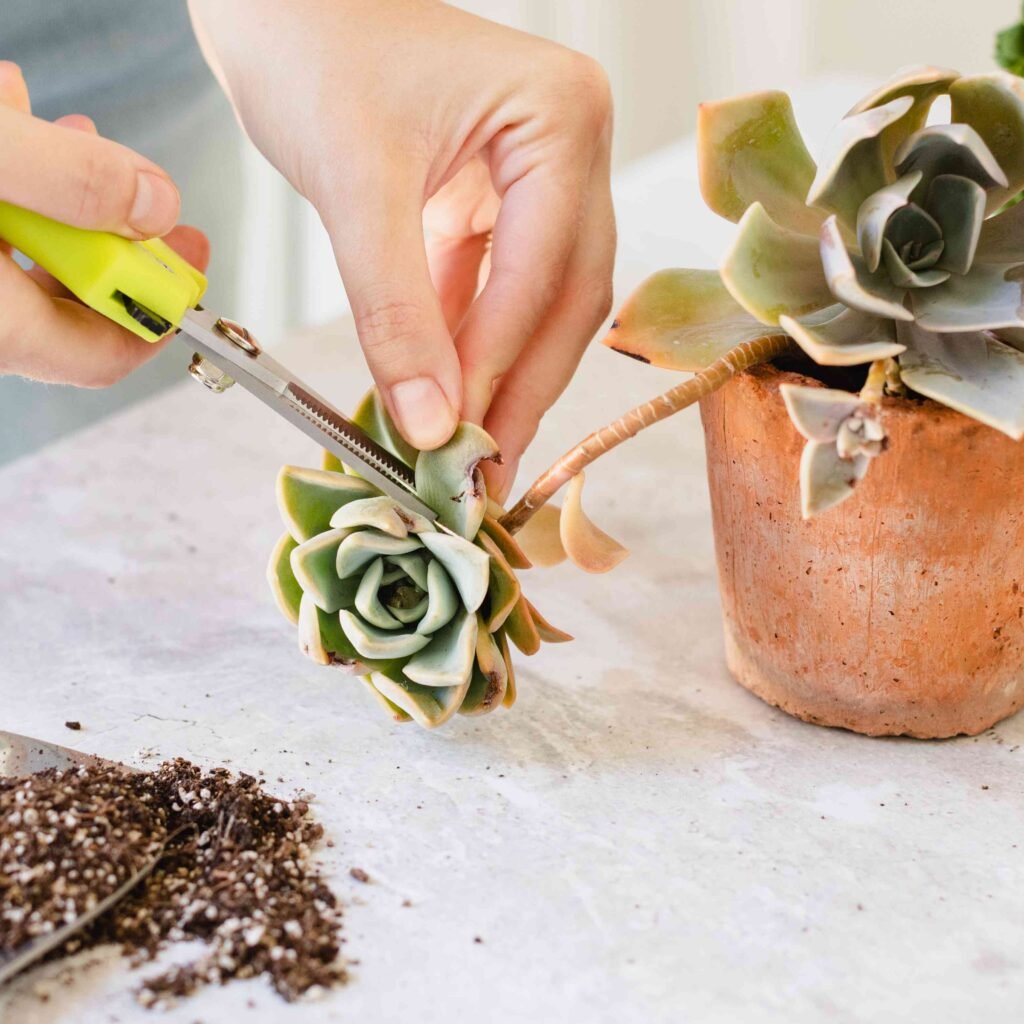
Many cacti are surprisingly easy to propagate, letting you grow new plants from your existing one.
Steps to Propagate Most Cacti:
- Cut a pad or offset using a sterilized knife.
- Let the cut dry for 3–7 days to form a callus.
- Plant the piece in cactus soil and keep in indirect light.
- Water sparingly until roots form (2–4 weeks).
Propagation is a fun and cost-free way to build your cactus collection—or share with coworkers.
Toxicity Considerations
While cacti are generally safe, a few considerations apply for workplaces:
- Most common varieties are non-toxic to humans.
- Some may cause mild irritation if handled improperly (due to spines or sap).
- Keep sharp or large-spined species away from shared spaces or children.
If you have pets in your home office, check the specific variety for pet safety (e.g., Christmas cactus is non-toxic; others may not be).
Are Cacti Drought & Salt Tolerant?
Yes, which is why they’re so popular indoors. They’re built for survival.
- Drought tolerance: Most cacti store water in their pads/stems and can go weeks without watering.
- Salt tolerance: Not a major concern indoors unless you’re using hard water. Use filtered or distilled water when possible to avoid mineral buildup in soil.
Bottom Line: Are Cacti Worth It for Your Workspace?
Absolutely.
Cactus plants offer a blend of aesthetic appeal, wellness benefits, and effortless care. They’re ideal for busy people who want a touch of nature without the fuss. With the right selection and setup, your cactus can thrive and elevate your environment for years.
FAQs: Low-Maintenance Cactus for Workspaces
Q1. How often should I water my office cactus?
Once every 2–3 weeks is sufficient. Always let the soil dry out fully between watering.
Q2. Can cacti survive in low light?
Some varieties like Haworthia and Christmas Cactus tolerate low light well. If needed, use a grow light.
Q3. Do cactus plants clean the air?
Yes, while not as effective as some leafy plants, cacti still help reduce pollutants and improve humidity slightly.
Q4. What’s the best cactus for beginners?
Try Bunny Ear Cactus or Moon Cactus. They’re resilient and don’t require much care.
Q5. How do I prevent pests?
Keep your plant clean, don’t overwater, and check for signs like white fuzz or sticky residue. Neem oil is a good natural remedy.
Q6. Can I grow multiple cacti together?
Yes! Just make sure they have similar care needs and enough space in the pot or tray.
Q7. Is it okay to keep a cactus in an air-conditioned office?
Yes. Just avoid placing them near vents or cold drafts.
